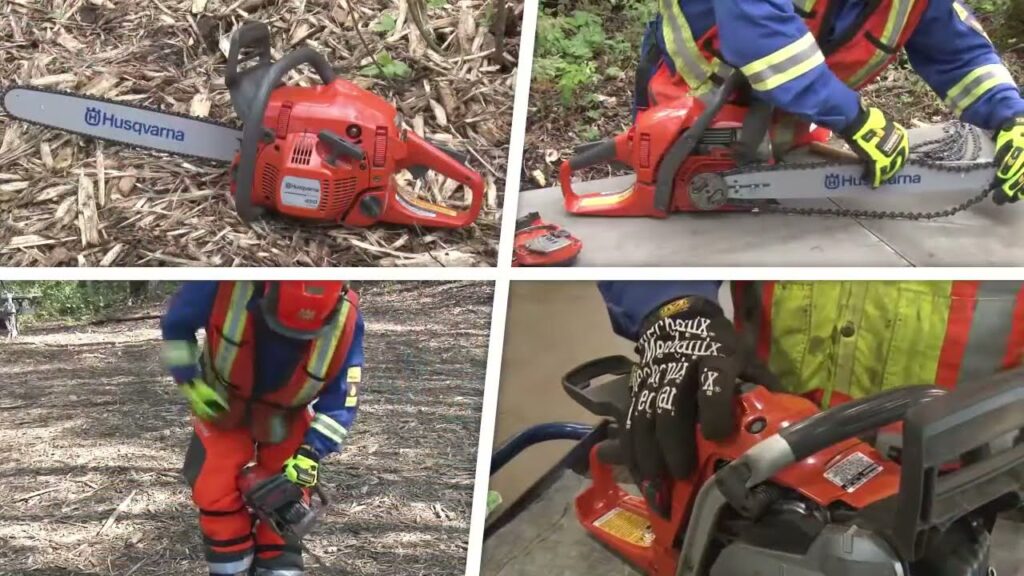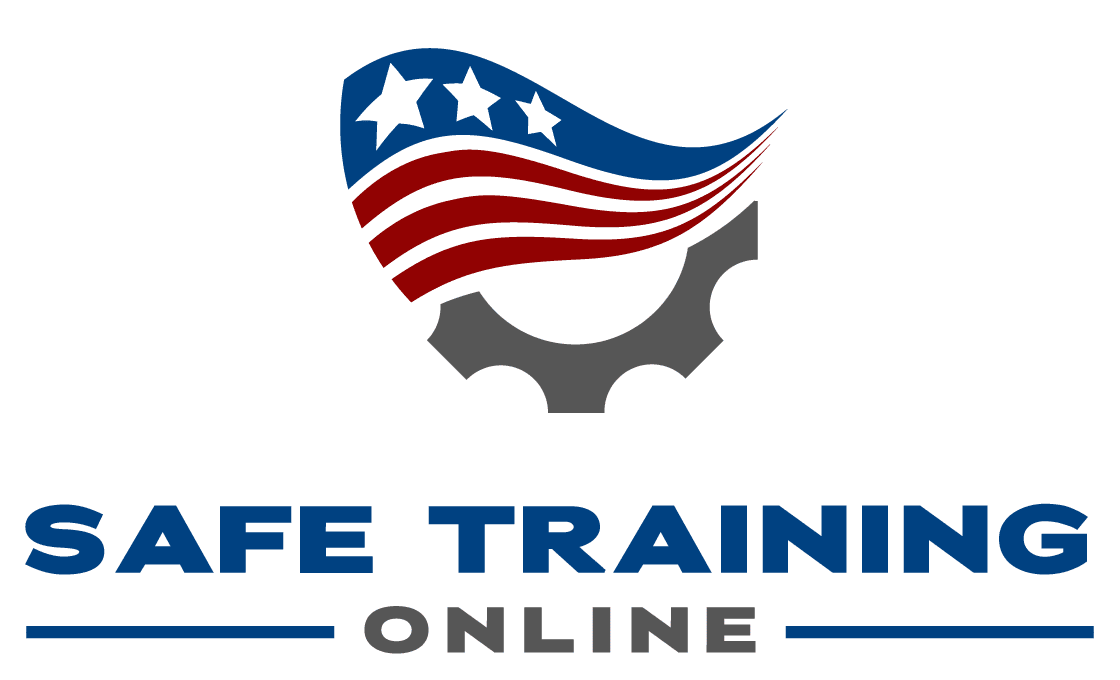OSHA Chainsaw Safety Recommendations
Chainsaw Safety: OSHA Recommendations for Safe Operation
Chainsaws are versatile and powerful tools used in a variety of industries, including forestry, construction, and landscaping. While they offer many benefits, they also pose significant risks if not operated safely and responsibly. The Occupational Safety and Health Administration (OSHA) in the United States provides comprehensive guidelines and recommendations to ensure the safe operation of chainsaws. In this article, we will explore OSHA’s safety recommendations and best practices for operating chainsaws to prevent accidents and protect workers’ well-being.
Understanding the Risks
Chainsaws are designed for cutting trees, branches, and other materials quickly and efficiently. However, their sharp, rapidly moving chains can cause serious injuries and fatalities if mishandled. Common chainsaw-related hazards include:
1. Cuts and Lacerations:
Chainsaw blades can cause severe cuts and lacerations to the operator’s body, hands, or legs.
2. Kickback:
Kickback occurs when the chainsaw’s nose suddenly jerks upward, often leading to loss of control and injuries.
3. Noise and Vibration:
Prolonged exposure to the noise and vibration generated by chainsaws can result in hearing loss and musculoskeletal disorders.
4. Burns:
Chainsaw engines and exhaust components can become extremely hot, potentially causing burns upon contact.
5. Dust and Debris:
Cutting wood with a chainsaw produces dust, wood chips, and debris that can pose respiratory and eye hazards.
OSHA Chainsaw Safety Recommendations
OSHA provides comprehensive guidelines for safe chainsaw operation. These recommendations cover various aspects of chainsaw use, from personal protective equipment (PPE) to proper techniques for starting and handling the tool. Here are OSHA’s key chainsaw safety recommendations:

1. Personal Protective Equipment (PPE):
Head Protection:
Always wear a protective hard hat with a face shield, mesh screen, or safety glasses and hearing protection to guard against falling objects and flying debris.
Eye Protection:
Use safety goggles or a face shield to protect your eyes from wood chips, dust, and other hazards.
Hearing Protection:
Wear hearing protection, such as earmuffs or earplugs, to reduce the risk of hearing damage caused by the chainsaw’s noise.
Hand Protection:
Use chainsaw-resistant gloves designed to provide a good grip while protecting your hands from cuts and abrasions.
Leg Protection:
Wear chainsaw chaps or pants with built-in protective material to shield your legs from chainsaw-related injuries.
Footwear:
Choose chainsaw-resistant boots with reinforced toe caps and soles for added protection.
2. Training and Certification:
- Only individuals who have received proper training and certification should operate chainsaws. Training should cover safe operation, maintenance, and emergency procedures.
- Operators should be aware of chainsaw manufacturer recommendations and guidelines in the operator’s manual.
3. Equipment Inspection:
- Conduct a thorough inspection of the chainsaw before each use. Check for any damage or wear and ensure all safety features are functional.
- Maintain a sharp and properly tensioned chain, as a dull or loose chain can lead to accidents.
4. Safe Starting and Handling:
- Start the chainsaw on the ground or on another stable surface, never in the air.
- Keep both hands on the chainsaw’s handles at all times to maintain control.
- Avoid cutting above shoulder height to maintain better control and visibility.
- Stand to the side of the chainsaw, not directly behind it, to minimize the risk of injury in case of kickback.
5. Clear Work Area:
- Clear the work area of debris, obstacles, and bystanders before starting the chainsaw.
- Establish a safe retreat path in case of unexpected situations, such as falling branches.
6. Avoid Chain Contact:
- Never touch the chainsaw chain while the engine is running or if it is hot.
- Avoid cutting with the tip of the chainsaw bar to reduce the risk of kickback.
7. Fuel Handling:
- Refuel the chainsaw only when the engine is off and has cooled down. Store fuel in approved containers away from open flames.
- Avoid smoking while handling fuel.
8. Emergency Preparedness:
- Ensure that someone is aware of your location and the work you are performing when operating a chainsaw alone.
- Carry a communication device, such as a mobile phone or two-way radio, in case of emergencies.
- Have a first aid kit and know how to use it.
9. Safe Shutdown:
- Turn off the chainsaw engine and engage the chain brake when not actively cutting.
- Wait for the chain to stop moving completely before setting the chainsaw down.
10. Regular Maintenance:
- Perform regular maintenance on the chainsaw, including cleaning, lubricating, and inspecting all components.
- Replace worn or damaged parts promptly.
Benefits of Following OSHA Chainsaw Safety Recommendations
Adhering to OSHA chainsaw safety recommendations offers numerous benefits, including:
Injury Prevention:
Proper safety practices and PPE significantly reduce the risk of chainsaw-related injuries, protecting operators from cuts, lacerations, and other harm.
Regulatory Compliance:
Following OSHA guidelines ensures compliance with safety regulations, reducing the risk of penalties and legal liabilities.
Equipment Longevity:
Routine maintenance and safe operation extend the lifespan of chainsaws and reduce repair costs.
Productivity:
Safe operation increases productivity by minimizing accidents and downtime.
Confidence:
Proper training and safety practices boost operators’ confidence in handling chainsaws effectively and safely.
Operating a chainsaw is a task that demands caution, training, and adherence to safety guidelines. OSHA’s recommendations for safe chainsaw operation serve as a comprehensive framework to prevent accidents and protect the well-being of operators. By following these guidelines and providing proper training, employers can create a safer work environment for their employees while ensuring compliance with regulatory requirements. Chainsaw operators, whether professionals or homeowners, should prioritize safety at all times to enjoy the benefits of a versatile and powerful tool without risking injury or harm.
Click here for an online OSHA chainsaw safety training program.
Click here for OSHA guidelines for safe chainsaw operation.
